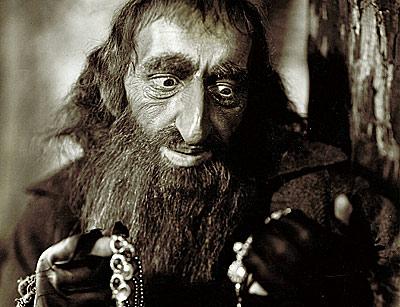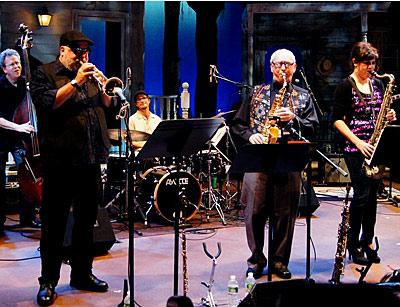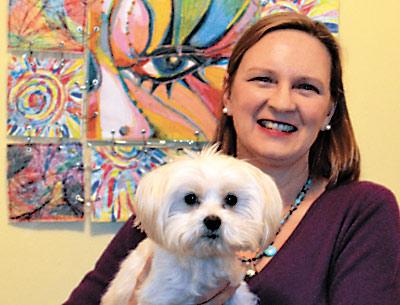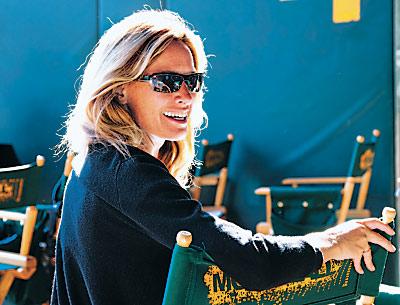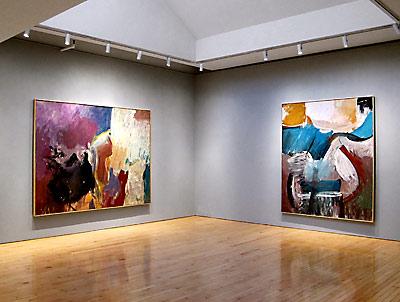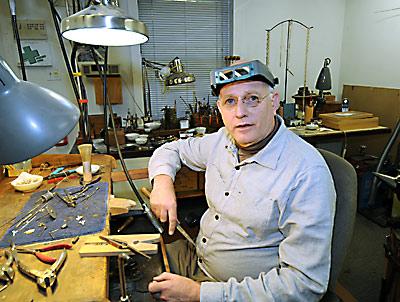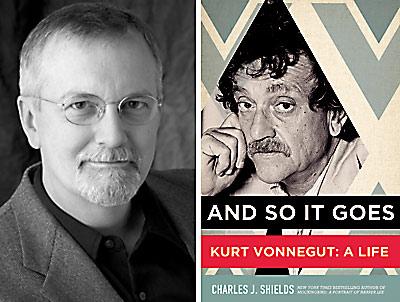Williams Gallery, an Amagansett Hub, Will Close
Williams Gallery, an Amagansett Hub, Will Close
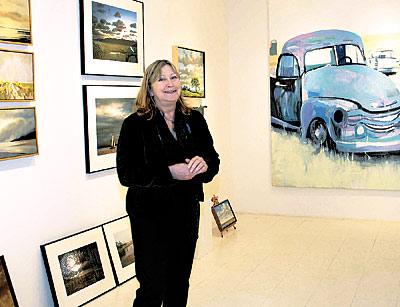
The Pamela Williams gallery on Main Street in Amagansett will close its doors at the end of the month.
Ms. Williams, who opened the gallery on Feb. 12, 2005, after being a director at Lizan Tops in East Hampton for 10 years, until it closed, was followed by many artists to her new space.
One of them, Janet Jennings, a painter, said, “It is a great loss on so many levels. Our beautiful little town needs her gallery and her energy, not to mention people, that she brings to it. It is rare to find an art dealer who is encouraging, kind, intelligent, forthright, and totally fun — plus, she loves art.”
Having a successful gallery can be a difficult proposition at the best of economic times, but the slump of the last few years has made it an impossible one for Ms. Williams. “Working artists and the galleries that represent working artists don’t have big margins,” she said last week.
Some of the artists she represents have been with her for almost 20 years. “Pam’s more than a gallery owner,” said Charles Waller, a former illustrator who is now a painter and multi-media artist. “She’s pretty much one of my best friends, my big sister. None of her relationships with her artists were business relationships. They were based on friendship.”
Arlene Bujese, who had her own gallery in East Hampton for 20 years and is now the resident curator at the Southampton Cultural Center, said, “It’s a tremendous loss — the kind of spirit she exuded and the enthusiasm for her art and artists is not as abundant as we might wish in a community such as ours.”
Unlike some galleries specializing in well-known painters whose work commands high prices, Ms. Williams “had the willingness to risk taking on artists who are still building their reputation,” said Ms. Bujese. “Believing in the promise of an artist takes more daring.”
“What defines a first-rate gallery is someone who knows art, cares about art, and supports the artists in whom they believe. And this defines Pamela Williams,” summed up Ms. Bujese.
Ms. Williams, who is a painter herself, is known for being fiercely protective of her artists, and the feeling seems to be mutual. “I really enjoyed hanging all her shows,” said Mr. Waller. “She didn’t make me feel like an employee, but a partner. All the artists stop by and hang out with her” — she kept a “secret stash of dog cookies” for their pets, he said — “and when I’ve come to her to talk about my problems, she’s always put her own problems aside.”
As Mr. Waller faltered a bit, Ms. Williams said, smiling, “It’ll be all right, Charles, you’ll see. I will rise like a phoenix.”
She added, “I am grateful for the wonderful work artists have done that we showed, for the serious collectors, and for the people who enjoyed what we were doing here. I thought it was a beautiful thing for the community.”

